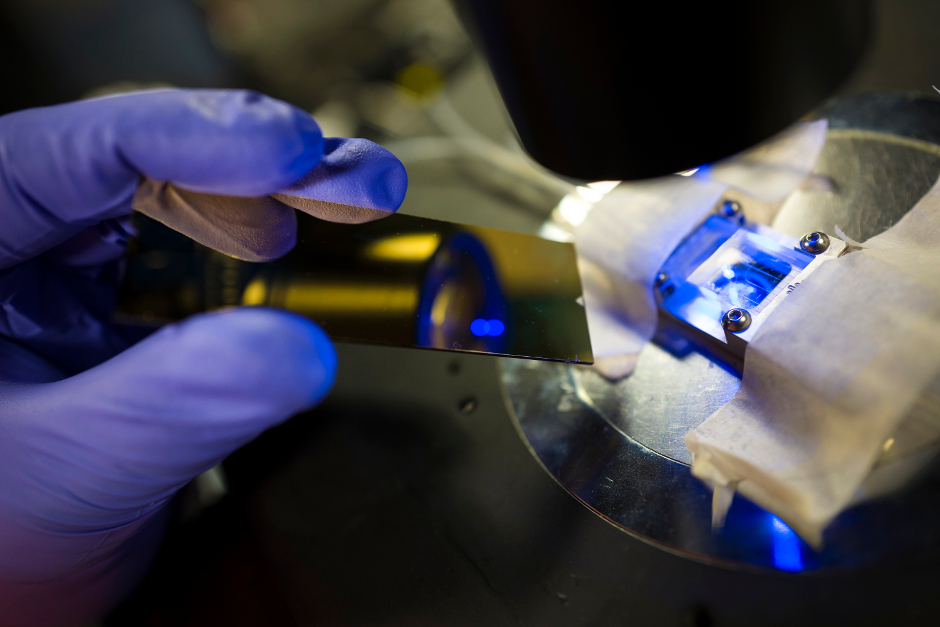
The device, which uses wireless technology to produce an electric field that controls the behaviour of targeted cells inside the body, could ultimately stop cancerous tumours growing.
Electroceutics are medical devices designed to treat disease by stimulating and controlling electrical signals produced by the body. However, fitting such devices, including deep brain stimulators for treating Parkinson’s disease, and retinal implants for bionic eyes, requires invasive surgery, according to Dr Frankie Rawson, of the Division of Regenerative Medicine and Cellular Therapies, School of Pharmacy, at Nottingham University.
The wireless technology, in contrast, which is being developed by a team led by Rawson in an EPSRC-funded project, can be placed on the skin to control electrical signals remotely.
Research by Rawson and his colleagues has shown that when cells undergo genetic changes that cause them to become cancerous, the way in which the cells expel electrons to their immediate surroundings also changes.
“We have evidence that cancers do this to try to increase their cell proliferation rate,” said Rawson. “So we believe that by using an electrical input to stop that external electron transfer, we can stop or slow the cells proliferating, and stop the tumour growing.”
Working with Prof Richard Hague, director of the EPSRC Centre for Additive Manufacturing at Nottingham University, Rawson is using 3D printing to develop electronic devices with precise geometries. These devices can in turn generate a carefully-controlled electric field that can be used to target the cell’s electron transfer.
By applying this external electric field in conjunction with conductive nanoparticles to the area of tissue, the nanoparticles become polarised, said Rawson.
“That means the electric field provides the thermodynamic driving force to drive chemical changes, both inside and outside cells,” he said.
The two-pronged approach uses the external electric field to change the oxidation state of the cells, inducing cell death, said Rawson.
“And by self-assembling conductive nanowires with cells we have the ability, on application of an electric field, to get enhanced inhibition of cell proliferation by interfering with a process known as mitotic spindle formation, which cells use to divide themselves,” he said.
The project includes researchers from Lawrence Livermore National Laboratory in the US, SureScreen Diagnostics, and Barcelona, Melbourne, and Minnesota Universities.




Hard hat mounted air curtain adds layer of protection
Something similar was used by miners decades ago!